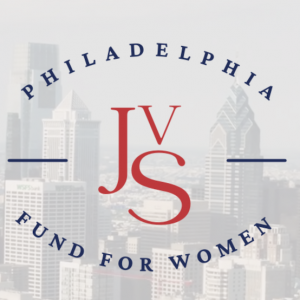The Ben Franklin Q&A with Village Capital’s Jared Marquette
Next week Ben Franklin will kick off Workshop #2 of the Ben Franklin Fintech Accelerator, using Village Capital’s peer selection-focused curriculum.
As we get ready, we were able to have a Q&A session with Village Capital’s Jared Marquette to discuss what’s different about the VilCap model, why it makes sense for investors and founders, and insights into what makes a community successful (spoiler alert: he has good things to say about Philadelphia and Ben Franklin).
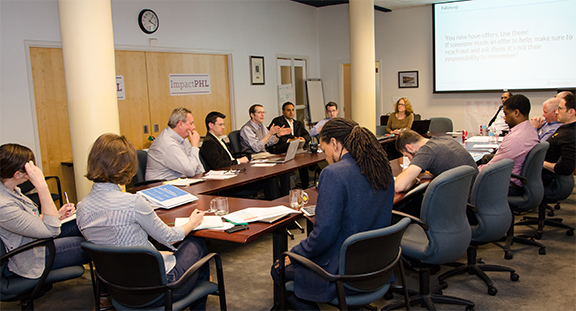 Group photo from Ben Franklin Fintech Accelerator Workshop #1
Group photo from Ben Franklin Fintech Accelerator Workshop #1
There are so many successful accelerator programs out there already. What motivated VilCap to develop its own?
We created our venture development program primarily around the idea of peer selected investment, and everything flowed from that. We put the power in the hands of entrepreneurs. Essentially, our program is an in-depth due diligence process for Village Capital. But unlike most other funds that perform due diligence, our process also provides significant value even for the entrepreneurs who are not selected for investment.
What inspired the peer review methodology? It is a bold way to make investment decisions. How have investors received it? What do you know about whether it works?
Peer-selected investment was initially inspired by the concept of microfinance — one early blogger described it “as if angel investing and microfinance had a baby.”
At first, some mainstream investors rejected the idea. One told us, “This is going to be worse than Shark Tank. They’re going to rip each other apart—and these inexperienced entrepreneurs won’t even know what they’re talking about.”
That has not turned out to be the case. We’ve made over 70 investments, and 90% are still in operation. Our investments are more diverse — nearly 40% of our portfolio companies have women founders or co-founders, and 20% of our portfolio companies in the US have Black or Latino founders. A study by the Global Accelerator Learning Initiative and Emory University in 2016 found that Village Capital companies are growing revenue 3x faster than a control group, and alumni of our programs are raising 8x more capital than a control group.
VilCap’s programs work with founders from many sectors, over many regions. Among the companies and founders, what are the most common challenges and lessons learned?
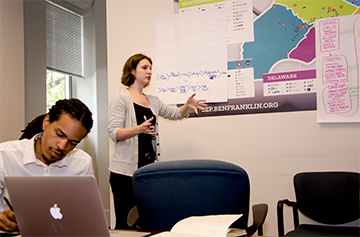
All of our entrepreneurs and their businesses are unique, and each takes away a different sent of value from each program. One thing does remain constant, and that is that the participants in the peer review programs learn a great deal from each other. We often overlook the benefit of engaging with a network of peers, and we feel the peer review process allows for startups to get the most from each other.
There’s plenty of material out there about Village Capital’s core notion of “democratizing entrepreneurship.” From the perspective of an investor who’s seen success already, why does this make sense now?
The Kauffman Foundation found that the biggest venture capital firms, concentrated in the biggest cities, don’t necessarily deliver the best results. As our CEO Ross Baird will argue in his upcoming book The Innovation Blindspot (September 2017), blind spots are causing investors to miss out on untapped companies (an antiquated venture capital process incentivizes large funds and large investments), untapped markets (investors stick to a narrow range of ideas shaped by their own echo chamber — rather than a real understanding of customer needs) and entire untapped industries (too many investors shy away from difficult, long-term solutions in healthcare, education and other sectors that matter because they require patient capital and might make 3x or 4x, rather than 10x returns).
With VilCap Communities, you get to experience so many different communities and cultures of entrepreneurship. What separates the “well-intentioned” from the “successful?”
Being well intentioned is the first step in being successful, which although we don’t see that it is the sole component of building a valuable program.
We often break down the basic resources needed to run a successful program into 3 categories, cutely categorized as the “3 P’s”- Place, Purpose, and Place. “People” refers to making sure the right people are involved- the right mentors, customers, investors, policy makers, etc. “Place” speaks to where you are physically located and taking an objective look at what assets exist in that locale. We build fishing boats for the water. “Purpose” is having an explicit reason you are doing what you are doing, which should help to organize the effort.
What was most interesting about implementing an accelerator in Philadelphia, and with Ben Franklin?
We see Communities as larger, living entities comprised of multiple constituent groups within a market- so no one organization, in our minds, could outperform the collective output of the larger community.
With that being said, we do believe that strong leadership is a key component in building a successful program, and Ben Franklin is that- a great leader in Philadelphia, and we felt as though they were perfectly suited to lead this initiative.

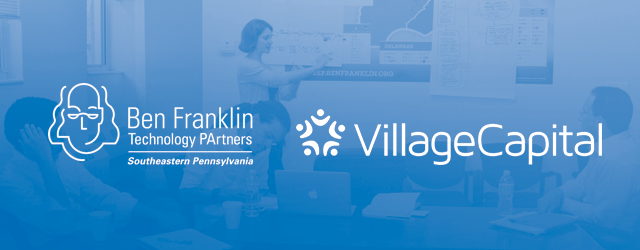
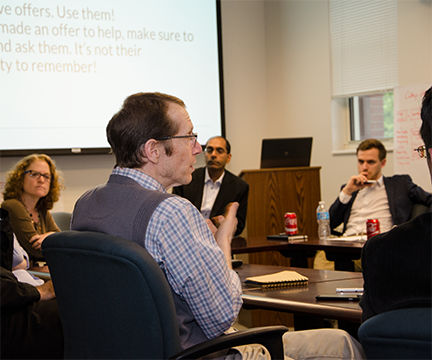
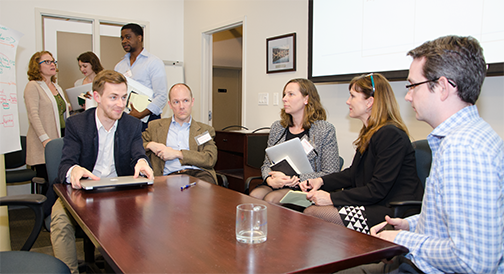 Ben Franklin Fintech Accelerator Workshop #1
Ben Franklin Fintech Accelerator Workshop #1

